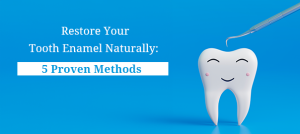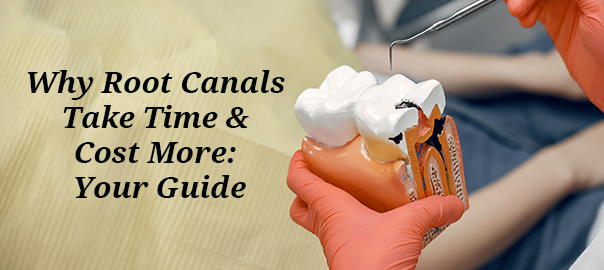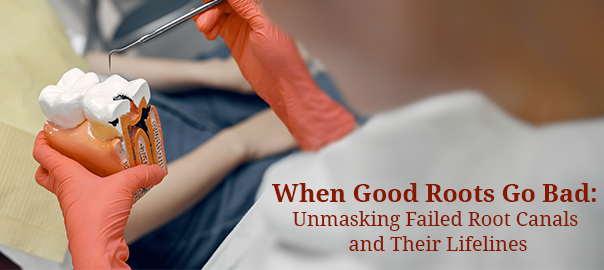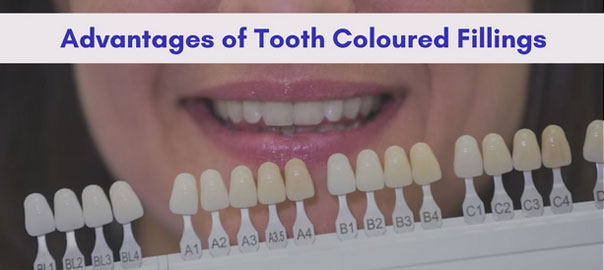
Smile Savers: Choosing Between Dental Fillings, Inlays, and Onlays
Filling the Gap: Dental Fillings vs. Inlays and Onlays
When it comes to restoring damaged teeth, dentists have several tools at their disposal. While most patients are familiar with traditional fillings, fewer know about inlays and onlays. Today, we’ll explore these restoration options, helping you understand which might be best for your dental needs.
Understanding the Basics
1. Dental Fillings:
– Most common restorative procedure
– Ideal for minor tooth damage and decay
– Applied directly in the dental office
2. Inlays and Onlays:
– Also known as indirect fillings
– Best for moderate tooth damage
– Custom-made in a dental laboratory
The choice between fillings and inlays or onlays often depends on the extent of damage and the patient’s specific needs.
The Filling Process
Dental fillings involve:
– Drilling to remove damaged or decayed tooth material
– Cleaning the affected area
– Filling with materials like composite resin or amalgam
– Polishing for a natural appearance and proper bite
Fillings are quick and effective for small cavities or minor damage, and can often be completed in a single visit.
Inlays and Onlays: A Step Further
For more extensive damage, inlays and onlays offer advantages:
– Custom-made to fit precisely
– Inlays repair damage within tooth cusps
– Onlays cover one or more cusps for more extensive repair
Inlays and onlays bridge the gap between fillings and crowns. They’re ideal when damage is too extensive for a filling but doesn’t warrant a full crown.
Comparing Key Factors
| Feature | Fillings | Inlays/Onlays |
|---|---|---|
| Size of repair | Small to medium | Medium to large |
| Number of visits | Usually one | Two |
| Durability | 5-15 years | Up to 30 years |
| Cost | Lower | Higher |
| Preservation of tooth structure | Good | Excellent |
Making the Right Choice
The best option depends on several factors:
– Extent of tooth damage
– Location of the affected tooth
– Budget considerations
– Aesthetic preferences
It’s important to consult with your dentist to determine the most suitable restoration for your specific case. Sometimes, what seems like a simple cavity might benefit more from an inlay or onlay for long-term oral health.
Remember, regular dental check-ups are crucial for early detection and treatment of dental issues, potentially preventing the need for more extensive restorations in the future. At Clove Dental, we’re committed to providing you with the best dental care tailored to your individual needs.
Leave a Reply
Leave a Reply
POPULAR POST





















